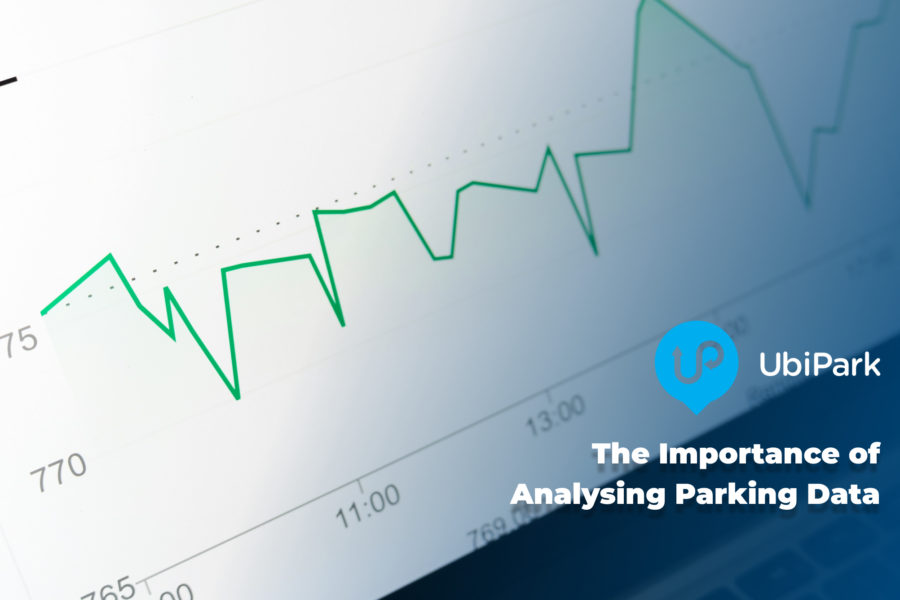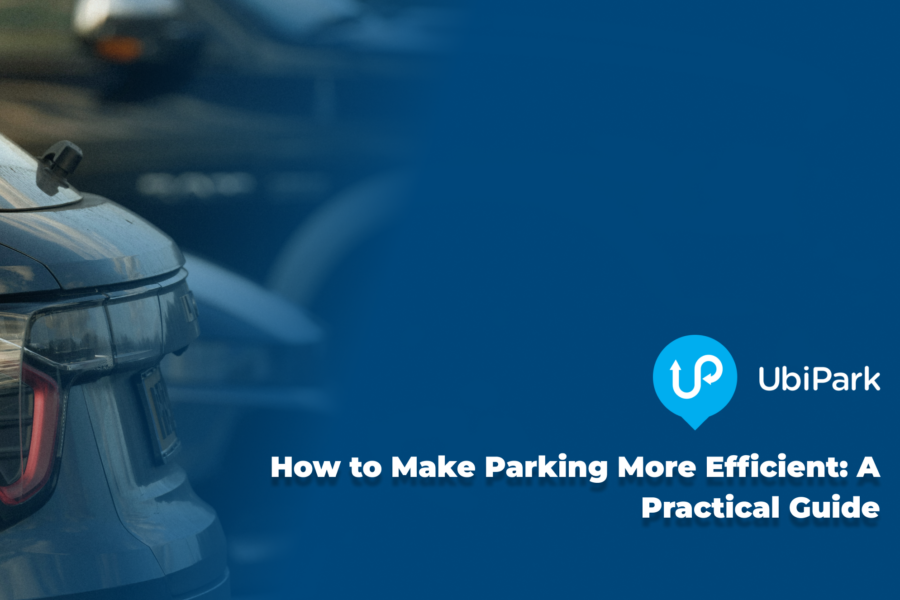The Importance of Analysing Parking Data

June 27, 2024
Data has become a crucial asset in optimising urban infrastructure, and parking is no exception. Analysing parking data not only enhances operational efficiency but also significantly improves user experience and environmental sustainability.
With so much data available, which is the most critical to optimising your parking facility? We break it down below.
Occupancy Rates
Occupancy rates indicate how many parking spaces are in use at any given time. This data is vital for several reasons:
- Operational Efficiency: By understanding occupancy trends, parking managers can allocate resources more effectively. For instance, during peak hours, additional staff can be deployed to manage the increased demand.
- Pricing Strategies: Dynamic pricing models can be implemented based on occupancy rates. Higher prices during peak times and discounts during off-peak times can balance demand and increase revenue.
- Space Utilisation: Continuous monitoring of occupancy rates helps in identifying underutilised areas. These spaces can be repurposed or marketed differently to attract more users.
On-peak and off-peak
Knowing the busiest times for parking facilities allows for better planning and resource allocation:
- Staffing Needs: With insights into peak times, parking facilities can ensure adequate staffing levels, reducing wait times and improving customer satisfaction.
- Maintenance Scheduling: Maintenance activities can be scheduled during off-peak hours to minimise disruptions and maintain a seamless parking experience.
- Marketing Campaigns: Special promotions or discounts can be targeted during slower periods to attract more customers and increase occupancy.
Duration of Stay
Analysing the average duration of stay provides insights into user behaviour and helps in designing tailored services:
- Revenue Optimisation: Short-term and long-term parking can be priced differently based on the duration of stay. This differentiation helps in maximising revenue.
- Service Design: Facilities can offer specific services based on the duration of stay. For instance, long-term parkers might benefit from additional amenities like car wash or charging stations for electric vehicles.
Turnover Rates
Turnover rates refer to the frequency with which parking spaces are vacated and occupied again. This metric is crucial for:
- Space Management: High turnover rates indicate efficient use of parking spaces, allowing more customers to use the facility over a given period.
- Customer Satisfaction: Faster turnover can lead to reduced wait times for finding a parking spot, enhancing the overall user experience.
Payment Methods
Understanding the preferred payment methods used by customers provides insights into their preferences and can improve the payment process:
- Payment System Optimisation: For example, if a significant number of users prefer contactless payments, investing in more contactless payment terminals would be beneficial.
- Customer Insights: Analysing payment data can also reveal trends in customer demographics and spending behaviour, allowing for targeted marketing strategies.
Entry and Exit Patterns
Analysing entry and exit patterns helps in understanding the flow of traffic within the parking facility:
- Traffic Management: By identifying peak entry and exit times, facilities can design better traffic management strategies to avoid congestion and ensure smooth flow.
- Security Enhancements: Monitoring entry and exit points helps maintain security within the facility, ensuring the safety of vehicles and users.
The UbiPark team is here to assist
We understand that analysing and making inferences from your parking data can be a large task in itself. Want an expert to help you understand how to optimise your parking based on your current statistics? Contact us today to get started.




